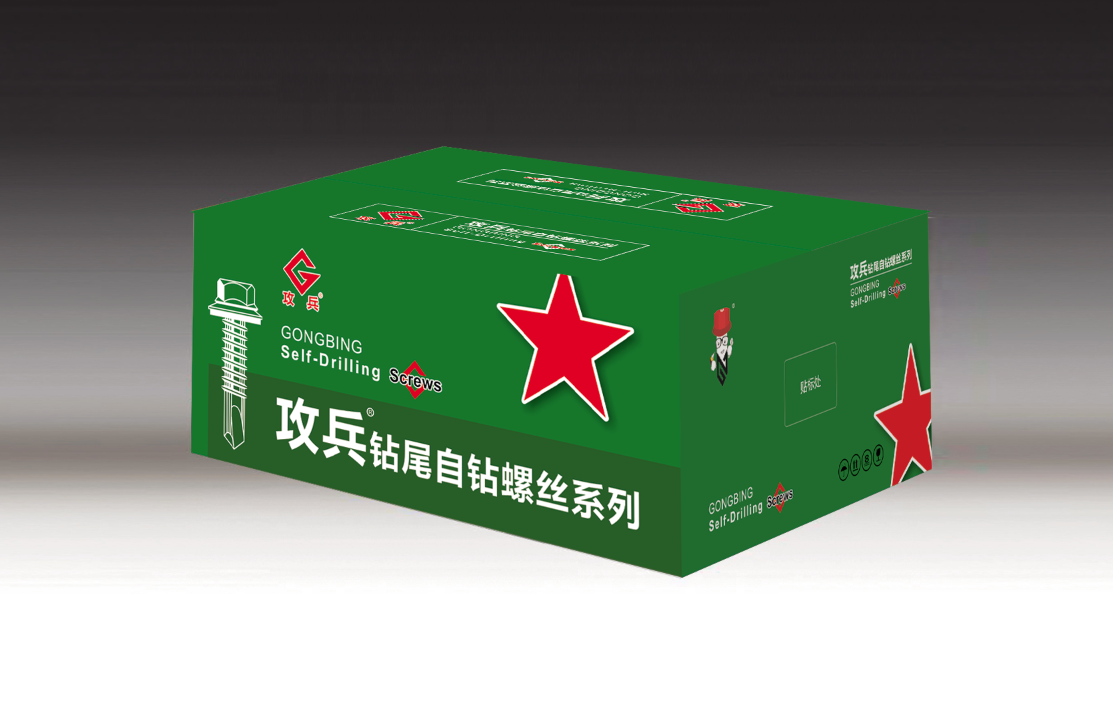bracing steel stud walls
Understanding Bracing Steel Stud Walls A Comprehensive Overview
In the construction industry, the demand for durable, sustainable, and efficient building solutions has led to innovative designs and materials. One such solution is the bracing steel stud wall, a structural system that combines the lightweight properties of steel with robust bracing techniques to enhance stability and strength in various applications. This article aims to explore the essentials of bracing steel stud walls, including their composition, advantages, and applications.
Composition and Design
Bracing steel stud walls are composed primarily of cold-formed steel studs that are assembled to create lightweight yet strong structural frameworks. These studs are typically arranged vertically and are tied together with horizontal tracks at the top and bottom. The unique characteristic of these walls is the incorporation of bracing elements—diagonal members or cross-bracing systems—that provide additional lateral support.
Bracing can be achieved using various techniques, including steel cable bracing, X-bracing, or V-bracing. The choice of bracing method often depends on the structural requirements and architectural design. By effectively distributing loads and resisting lateral movements caused by wind or seismic activity, these walls can ensure stability, making them essential in high-rise buildings, residential homes, and industrial facilities.
Advantages of Bracing Steel Stud Walls
The use of bracing steel stud walls presents numerous advantages that make them a preferred choice in modern construction
1. Strength and Durability Steel is inherently strong and resistant to many environmental factors. The combination of steel studs and bracing ensures that the wall system can withstand significant forces without compromising structural integrity.
2. Lightweight Construction Bracing steel stud walls are significantly lighter than traditional masonry or concrete walls. This reduction in weight can lead to lower foundation costs and simplify transportation and installation processes.
3. Flexibility in Design Steel studs can be easily cut and shaped to fit various architectural designs. This flexibility allows for creativity in wall layouts, openings for doors and windows, and other design elements without sacrificing performance.
4. Sustainability Steel is a recyclable material, and using bracing steel stud walls contributes to sustainable building practices. Moreover, the energy-efficient properties of steel can lead to lower operational costs over a building’s lifespan.
bracing steel stud walls

5. Fire Resistance Steel is non-combustible, which provides advantageous fire-resistant properties. This aspect is critical in ensuring the safety of building occupants and protecting the overall structure.
6. Speed of Construction The prefabrication of steel stud components can significantly reduce on-site labor time, leading to faster completion of construction projects. This efficiency is especially beneficial for large-scale developments.
Applications of Bracing Steel Stud Walls
Bracing steel stud walls are versatile and can be employed in various applications. Some notable uses include
- Residential Construction These walls are increasingly popular in residential projects due to their lightweight nature and ease of installation. They can be used for interior partitioning as well as structural walls in multi-story buildings.
- Commercial Properties With the need for open, flexible spaces in offices and retail environments, bracing steel stud walls can be integrated into layouts without hindering structural performance.
- Industrial Facilities In factories and warehouses, the strength and durability of bracing steel stud walls provide the necessary support for heavy equipment and materials.
- Seismic Zones Buildings located in earthquake-prone areas benefit greatly from the lateral stability offered by bracing systems, reducing the risk of damage during seismic events.
Conclusion
Bracing steel stud walls represent a significant advancement in construction techniques, combining strength, flexibility, and sustainability. Their unique design and numerous benefits make them suitable for a wide range of applications, from residential homes to commercial buildings. As the construction industry continues to evolve, bracing steel stud walls are poised to play an integral role in meeting the challenges of modern architecture and building safety. Embracing these innovative constructs not only enhances the structural performance of buildings but also contributes to a more sustainable future in construction.
-
Weatherproof Plastic Expansion Anchors for OutdoorNewsJun.06,2025
-
Sustainability in the Supply Chain: Eco-Friendly TEK Screws ProductionNewsJun.06,2025
-
Load-Bearing Capacity of External Insulation FixingsNewsJun.06,2025
-
Double Head Bolts: Enhancing Efficiency in Industrial MachineryNewsJun.06,2025
-
Corrosion Resistance in Chipboard Screws: Coatings for Wholesale DurabilityNewsJun.06,2025
-
Butterfly Toggle Bolts : Enhancing Structural ResilienceNewsJun.06,2025
